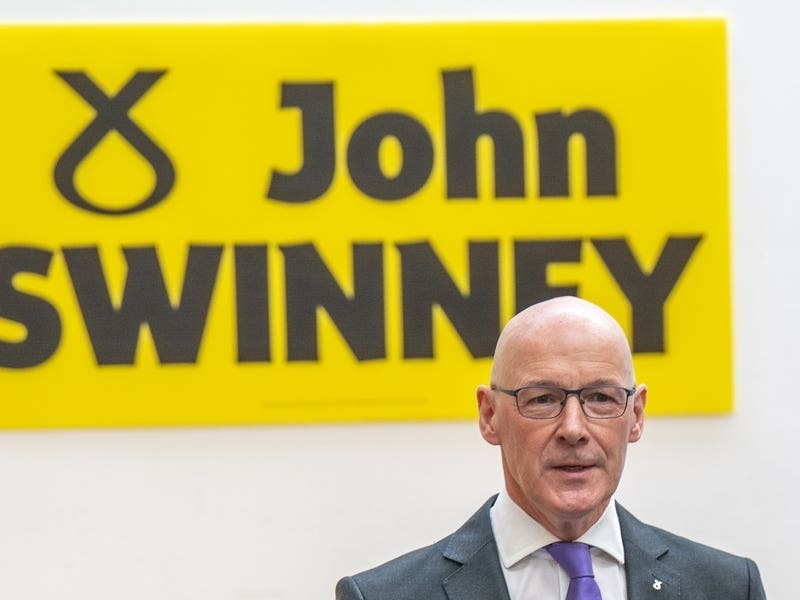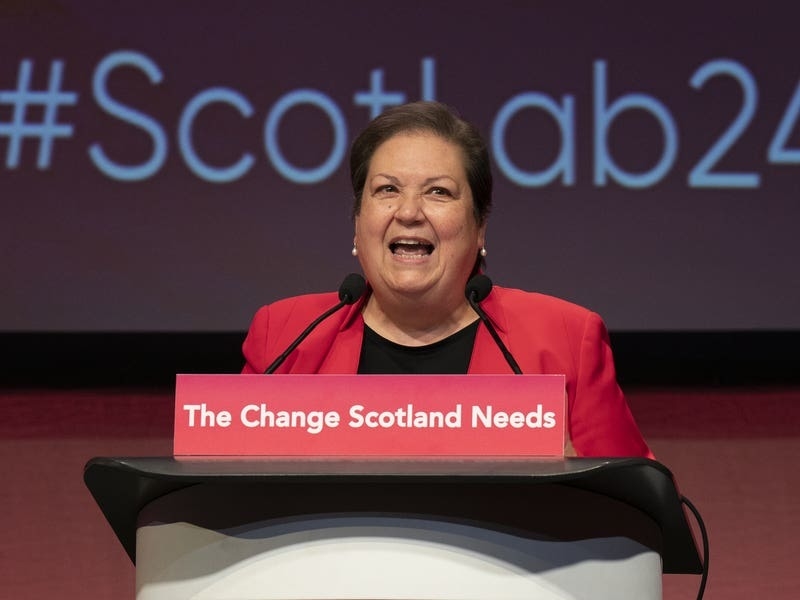By John Henwood
IF, like me, you believe the purpose of the Education Department is to provide learning opportunities for children you may be surprised to know that only just over half of those employed by Education (55%) are teachers. This is the continuation of a trend which goes back as far as proper records were kept (over 35 years) at which time teachers comprised 64% of total departmental staff. But I’m getting ahead of myself so I will start at the beginning.
In 1999, there was no Freedom of Information statute, but in that year the States adopted a code of practice on access to information held by the States and its various departments. As with any non-binding code, ministers were at liberty to ignore it and did so, frequently. At that time there was public disquiet, raised initially by a respected former head teacher, about the rapid expansion of non-teaching posts in the Education Department. Requests for the facts were batted away.
It seemed the reason for non-disclosure was that there was something to hide, so, through a series of correspondence with the Education Minister, I asked some questions. I got nowhere. Typical of the reasons given for not providing information was, “The time and resource required would represent poor value for the taxpayer”: his view, but perhaps not that of the taxpayer.
The issue dragged on; with a change of minister, I tried again, but still no data were forthcoming. On more than one occasion I met the director of Education, who at one point admitted if they published the figures “it would not look good”. How right he was. It was clear it was the department’s top civil servant who was the information blockage. Quite how he persuaded successive ministers to defy the Code of Practice I can’t say, but it is interesting that he was later severely criticised by the Independent Jersey Care Inquiry over another matter.
It was the next director of Education who found my request for information in his in-tray and, having arrived with no history of the department, he saw no reason to withhold the information. And so, in June 2014, five years after I started asking questions, the truth emerged. The number of children in school from 1988 (the start of comprehensive records) to 2014 had increased by 30% and the number of teachers by 40%, thus reducing class numbers, so that was the good news. The bad news was in the statistics that had been covered up so determinedly for so long. The shocking fact was that in the same period the number of non-teaching posts had risen by 120%. What did they all do?
I still have letters from teachers who were relieved that a light had been shone on the matter. “It’s even worse than you think, it needs a full inspection and many heads to roll,” wrote one. All manner of issues were brought to my notice including poor quality management and the cover up of specific educational failures. One lady reminisced about the time when the Education Department comprised the director and his secretary with the administration of schools the responsibility of head teachers, but by 2014 there were over 750 non-teaching employees.
As last year’s teachers’ strike ended it occurred to me that a decade had passed and it would be interesting to get updated statistics. Invoking Freedom of Information, I asked the same questions as I had asked back then. The answers are in the table above.
The first issue to which attention should be drawn is the number of non-teachers – civil servants, manual workers, managers and other unspecified non-teaching staff – is still growing. There are 809 non-teaching employees, 58 more than ten years ago, which is hard to understand because at that time sport was part of the Education Department’s responsibilities and that is no longer the case; with the transfer of responsibility for sport surely staff numbers should have reduced? Overall, there has been an increase in non-teaching posts of 137% since 1988. It’s time to repeat the question, what do they all do? And are they all essential in the pursuit of a better education for our children?
On the positive side, the number of teachers has increased at a faster rate than the number of children in school, indicating a significant improvement in pupil-teacher ratio. Which raises this question: during the teachers’ strike there was a persistent argument that the dispute was not just about money, but a shortage of teachers leading to overwork and stress. With, 13 children to every teacher due to an additional 209 teachers in the past decade, and with the birth rate declining, how many more teachers do we need?
There is another important statistic that was not available in 2014. Today the Education Department employs 458 teaching assistants, mainly in primary education. That’s one teaching assistant for every 2.2 teachers. What is the difference between a teacher and a teaching assistant? A significantly lower employment cost. Teaching assistants tell me they do a similar classroom job as teachers, but they are not qualified so get paid less. The assistant teachers did not strike during the dispute, but because they are not unionised no one speaks up for them. It is to be hoped they will be treated with the same generosity afforded to teachers.
A final thought, we have a pupil-teacher ratio most education authorities would envy. With teachers’ pay settled for three years, now is the time to turn attention to reducing costs in non-teaching posts and using the resources to improve the quality of classroom results.






